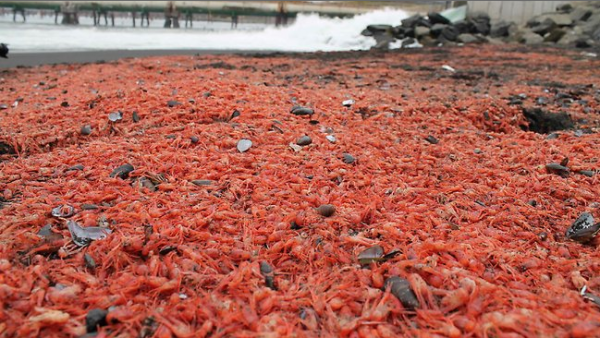Federal prosecutors say they’ve weakened a violent American Indian gang known for terrorizing people in the Upper Midwest now that an alleged leader and two members have been convicted in one of the largest gang cases to come out of Indian Country.
By Steve Karnowski, Associated Press
MINNEAPOLIS — Federal prosecutors say they’ve weakened a violent American Indian gang known for terrorizing people in the Upper Midwest now that an alleged leader and two members have been convicted in one of the largest gang cases to come out of Indian Country.
But investigators acknowledge their work isn’t done in Minnesota or other states where the Native Mob is active, noting that the gang has been around for a long time.
“We have some conservative confidence that we did put a dent (in the gang) but we’re also very realistic and know that law enforcement will continue to pursue gang activity including the Native Mob,” Assistant U.S. Attorney Andrew Winter said after jurors handed down convictions Tuesday on an array of racketeering and other charges.
“The verdicts reflect the seriousness of the crimes that were being committed by the Native Mob, which includes not only drug trafficking, but discharging of firearms at innocent people, and trafficking firearms, and basically wreaking havoc through communities throughout the state of Minnesota,” he said.
A federal jury in Minneapolis convicted the alleged Native Mob leader, 34-year-old Wakinyon Wakan McArthur, on drug and weapons charges – but also on a charge of racketeering conspiracy, which is often used to target organized crime.
Two of the gang’s alleged “soldiers” – Anthony Francis Cree, 26, and William Earl Morris, 25 – also were convicted of multiple charges including attempted murder in aid of racketeering. The latter charge stemmed from the shooting of another man that prosecutors alleged McArthur ordered, though his attorneys disputed the claim and McArthur was acquitted on that charge. But only Morris was acquitted on the top racketeering charge.
Defense attorneys said the government’s case was overblown, arguing that while gang members may have committed individual crimes, there was no evidence to support racketeering charges alleging the trio was part of a large, organized criminal group.
The three men were the only defendants who rejected plea deals after 25 people were indicted in the case last year. Several of those individuals testified during the trial, which Winter said should give other gang members pause knowing they can’t trust their co-conspirators.
A sentencing date has not yet been set, but all three men face between 20 years and life in prison, prosecutors said.
“The Native Mob has been a real detriment to native American communities throughout the state of Minnesota,” fellow prosecutor Steve Schliecher said. “Their game plan is to promote fear, and that’s the base of their power, and I think their power is diminished by this jury’s verdict. It’s going to allow people to have the rights to not live in fear, to continue on their peaceful lives.”
McArthur’s attorney, Frederick Goetz, said his client’s acquittal for attempted murder indicates the jury recognized the three defendants’ culpabilities varied.
“It was a mixed result for a mixed verdict,” Goetz said, adding that he would likely appeal.
Cree’s attorney, John Brink, said the verdicts were inconsistent, giving them an issue to use in their appeal.
Morris’ attorney, Tom Shiah, cited the same issue about inconsistent verdicts. He said he was glad Morris was acquitted of the racketeering charge but acknowledged his client was still “looking at a boatload of time.”
Federal authorities say they’ve been investigating the Native Mob, though not these three defendants, since 2004, and have now secured 30 convictions since 2007.
In the latest case, investigators said they were targeting a criminal enterprise that used intimidation and violence to maintain power. Prosecutors said the case was important not only because of its size, but because the racketeering charge is rarely used against gangs.
The 2011 National Gang Threat Assessment called the Native Mob one of the largest and most violent American Indian gangs in the U.S., most active in Minnesota and Wisconsin but also in Michigan, North Dakota and South Dakota. It is made up of mostly American Indian men and boys, and started in Minneapolis in the 1990s as members fought for turf to deal drugs. The Native Mob is also active in prison.
The Native Mob had about 200 members, with a structure that included monthly meetings where members were encouraged to assault or kill enemies, or anyone who showed disrespect, according to the indictment. Authorities said McArthur would direct other members to carry out beatings, shootings and other violent acts to intimidate rivals.
The trial, which began in January, included nearly 1,000 exhibits and 180 witnesses.
—
Associated Press writer Amy Forliti contributed to this story.















